In the United States, there are five recognized types of agroforestry systems: windbreaks, riparian buffers, silvopasture, forest farming, and alley cropping. All have gained remarkable traction in the United States over recent years and will continue to as they provide significant benefits to income and crop production. Here we break down the definitions of the five types and the benefits associated with each.
To see these practices being implemented in real life, check out our agroforestry demonstration farm pictures from Oregon, Washington, and Wisconsin.
1. Windbreaks
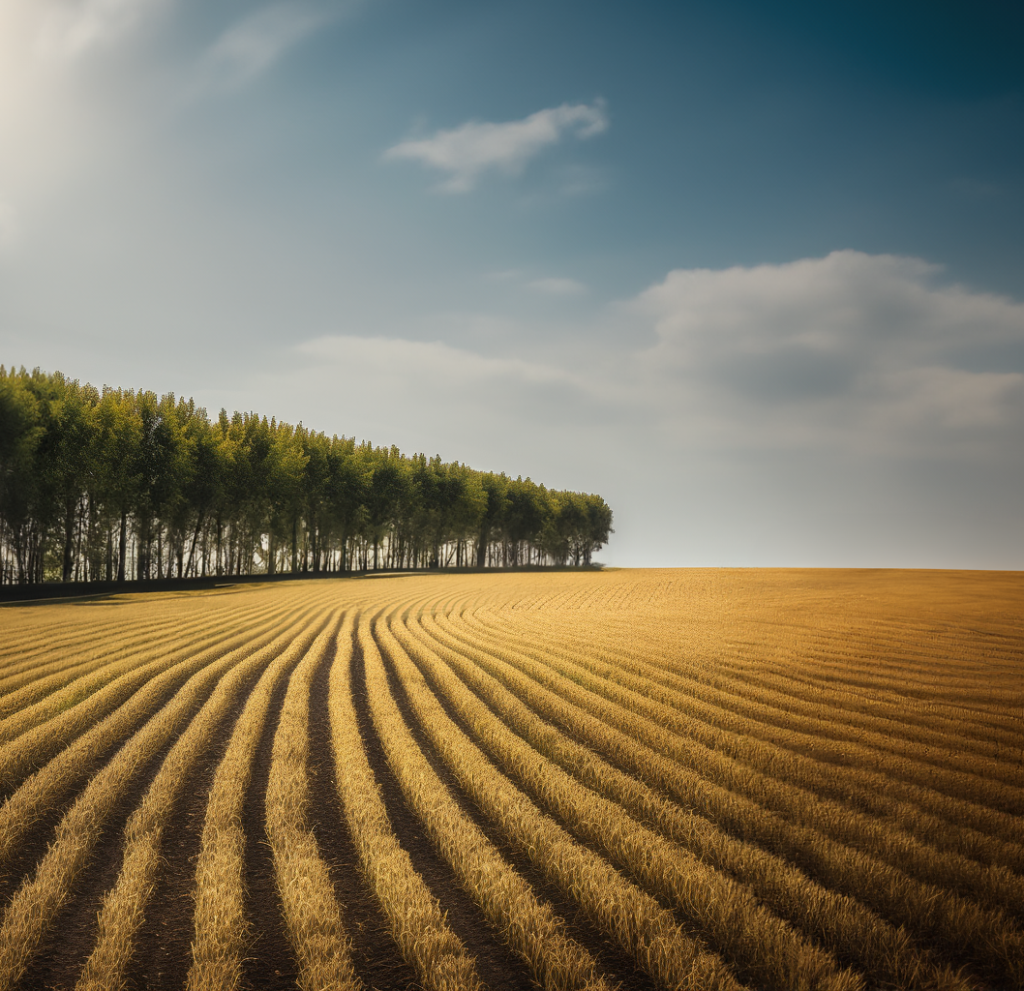
The intentional integration of perennial grass, shrubs, and trees to protect soil, crops, livestock, humans, and buildings from wind damage. Windbreaks act as a support zone against wind damage from snow, sand, dust, pesticide drift, and odor.
Windbreaks are highly beneficial for states in the Great Plains region of the United States (i.e., Kansas, Nebraska, the Dakotas, etc.) which experience extreme levels of wind that can blow over crops and bring unwanted dust and pesticides.
Benefits:
Additional source of income
Protects crops
Recreational opportunities (hunting, hiking)
Aesthetics
Shade for livestock
Additional wildlife/pollinator habitat
Carbon sequestration
Supported by federal assistance programs
2. Riparian Buffers
The intentional or natural integration of perennial grasses, shrubs, and trees along streams, lakes, and rivers to protect these water sources from agricultural runoff and soil erosion. Excess runoff and soil erosion can pollute water sources, making them inhospitable for wildlife.
This has been a serious issue in the Midwest as states here border some of the largest and most beautiful bodies of water in the country. To keep these water sources healthy for recreation, drinking, and agriculture, riparian buffers must be implemented.
Benefits:
Improves water quality
Additional income from crops
Supports wildlife
Recreational opportunities (fishing, swimming, boating)
Carbon sequestration
Supported by state and federal programs
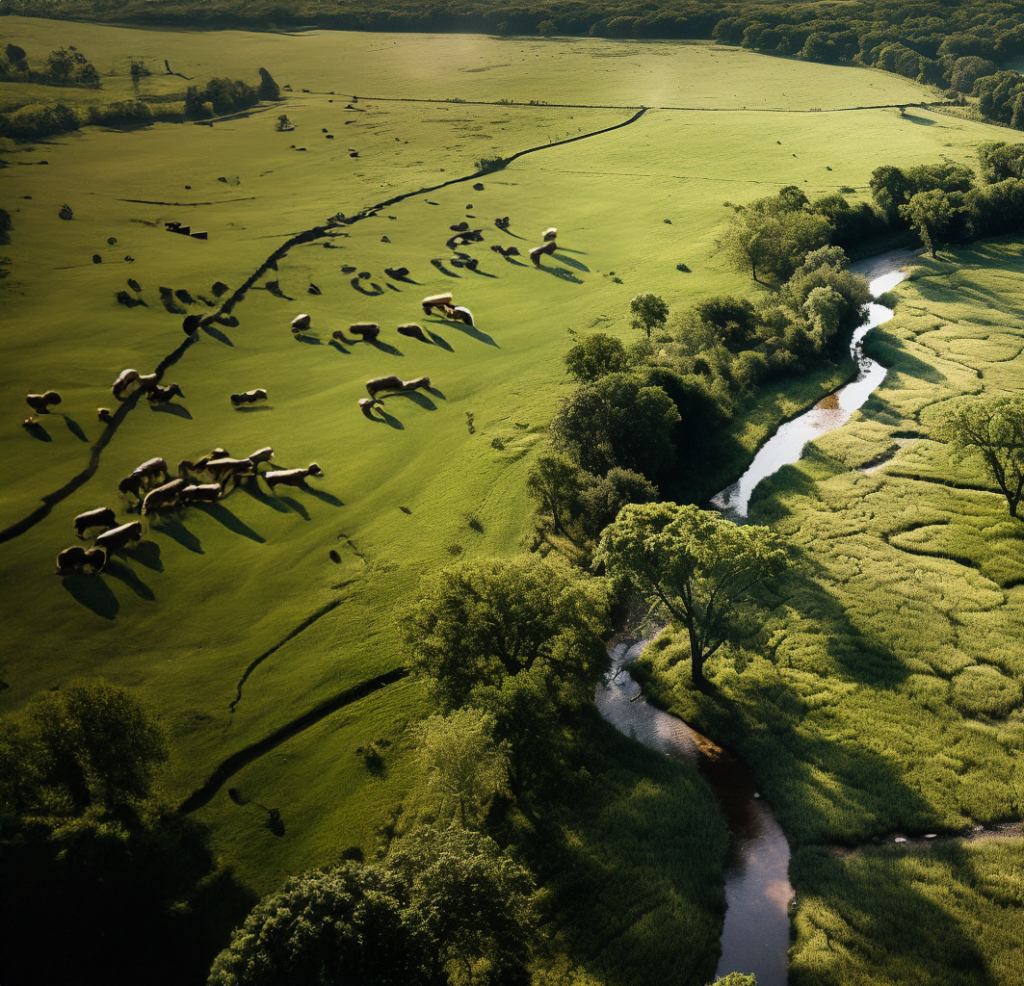
3. Silvopasture
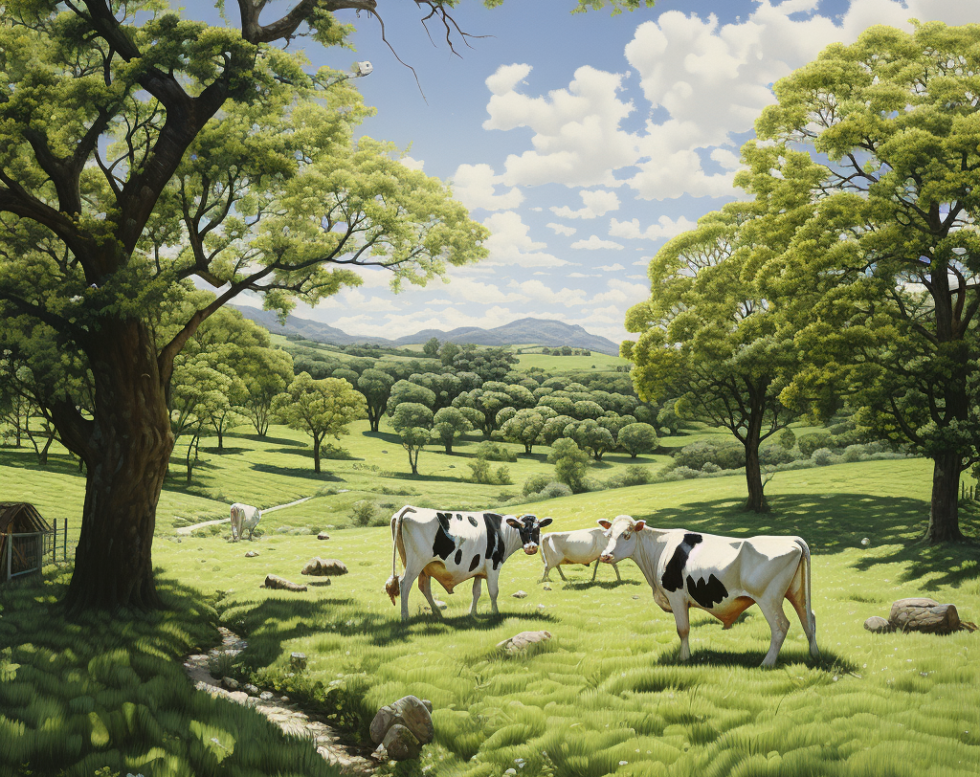
The intentional integration of trees with livestock and forage. Trees not only provide shelter for livestock but provide an additional source of income for timber or fruit and nut production.
If you are a landowner with a field of livestock, implementing a silvopasture system is a no-brainer as it is relatively easy, and requires very little maintenance.
Benefits:
Increased income
Shade for livestock
Enhances soil quality from tree integration
Carbon sequestration
Supported by state and federal programs
4. Forest Farming (Multi-Story Cropping)
Mimics the natural habitat of forest flora as crops are planted under an existing or newly incorporated forest canopy. Anything from large shrubs to mushrooms can be integrated under the canopy. Characteristics and requirements of crops such as height, shade levels, soil type, and PH levels are all considered before planting begins.
Forest farming can produce a wide variety of products including food crops, medicinal herbs, and decorative plants. It has heavily grown in popularity in the Appalachian region of the United States (North Carolina, Kentucky, etc).
Benefits:
Diversifies income
Improves wildlife
Produces a variety of different products
Mimics natural forest growth
Carbon sequestration
Supported by state and federal programs
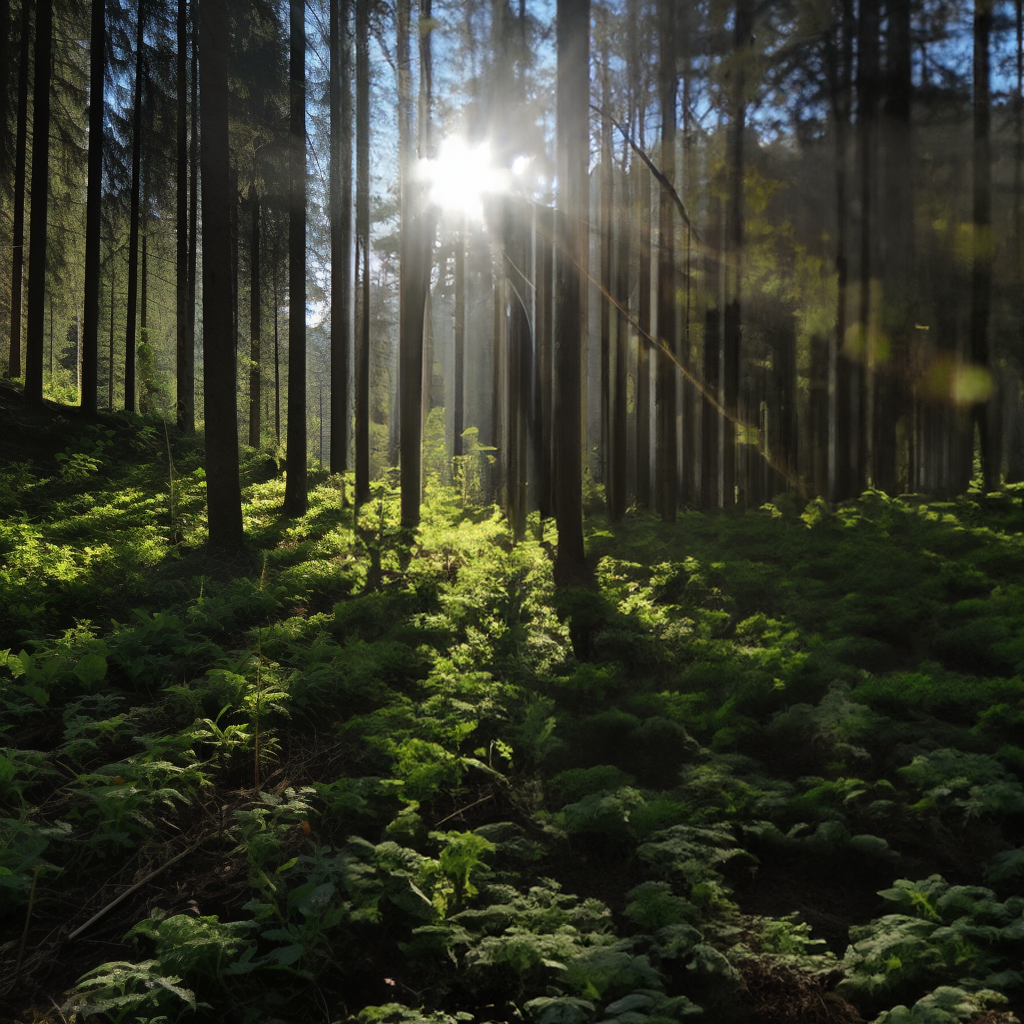
5. Alley Cropping (Intercropping)
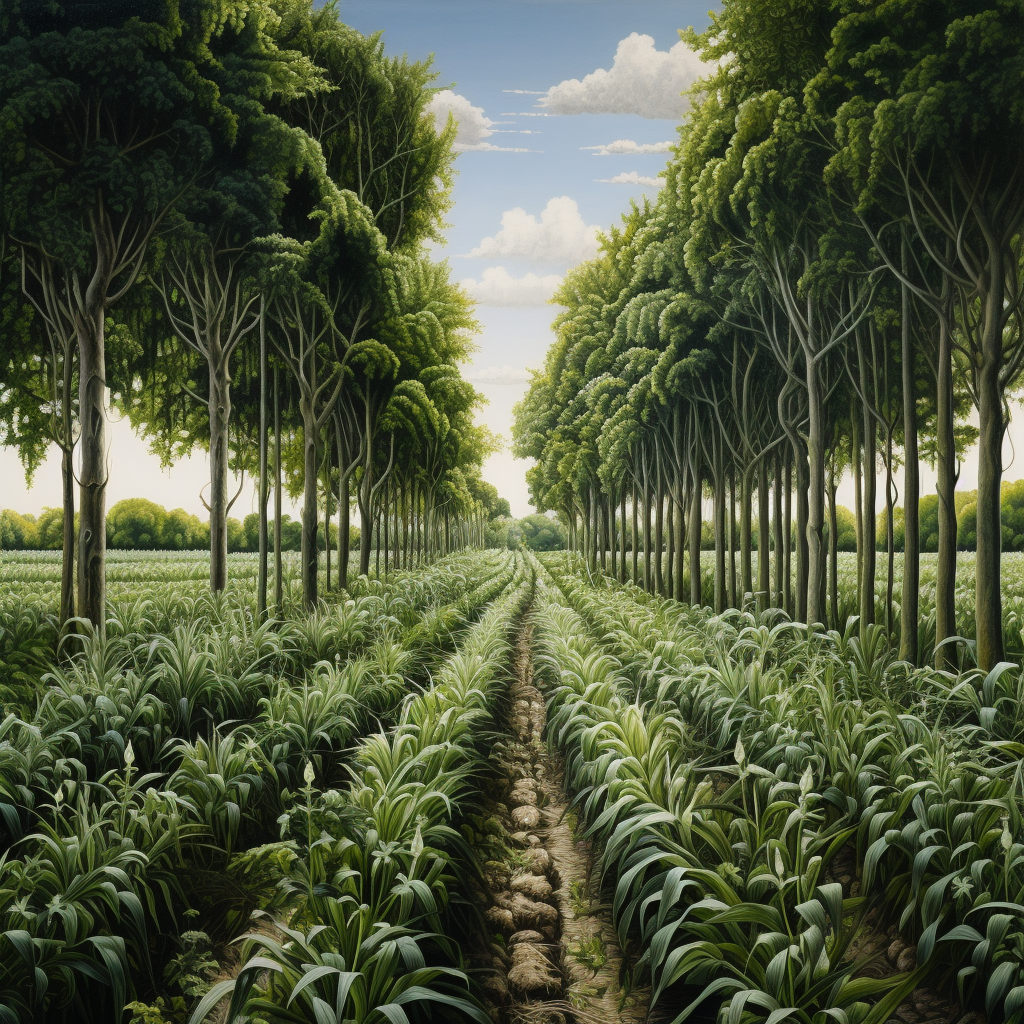
Planting rows of trees and integrating crops between them. Planting crops between the tree alleys provides farmers with annual income while they wait for the trees to mature. Trees are often planted to harvest timber, fruit, and nuts.
Alley cropping is one of the most distinctive forms of agroforestry and can completely revitalize the aesthetic of a traditional cash crop field.
Benefits:
Diversifies farm income
Improves soil quality and prevents erosion
Protects crops
Carbon sequestration
Supported by state and federal programs
